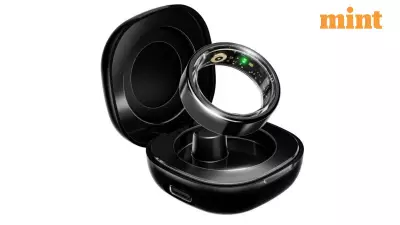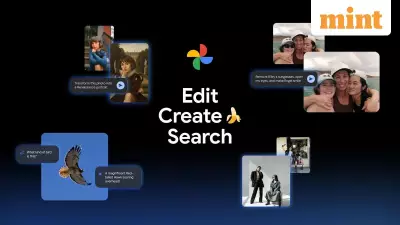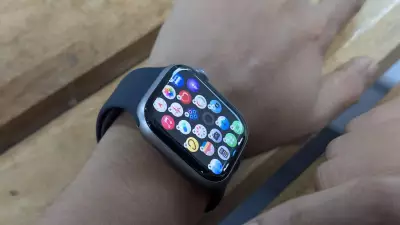
Samsung is quietly developing an ambitious ecosystem where its upcoming Galaxy Ring could serve as the primary controller for Android XR devices, including the much-anticipated Galaxy XR headset and future smart glasses. What initially appeared as a health-focused wearable might transform into a central command device for Samsung's extended reality ambitions.
Code Discovery Reveals Gesture Control Capabilities
A recent APK teardown of the Galaxy Ring Manager application has uncovered compelling evidence pointing toward this expanded functionality. Developers discovered a specific line of code mentioning "ring gesture for glasses", indicating Samsung's work on enabling finger and hand movement control while wearing the ring. This discovery suggests the company is building a seamless method for users to interact with their XR devices through natural gestures.
The significance of this finding becomes clearer when considering the hardware limitations of upcoming devices. While the Galaxy XR headset will feature multiple cameras for hand tracking and gesture recognition, Samsung's planned smart glasses aren't expected to include such extensive camera systems. This creates the perfect opportunity for the Galaxy Ring to step in as the primary input mechanism.
Why Ring Control Makes Sense for XR Experiences
Imagine controlling your smart glasses with simple finger pinches rather than fumbling for touch-sensitive temple areas. A double pinch gesture could select menu items, confirm actions, or navigate interfaces with far more natural movement than constantly reaching for physical controls on the glasses frame. This approach would make extended reality interactions feel more intuitive and less disruptive to the immersive experience.
Even for the Galaxy XR headset, which already includes advanced hand tracking capabilities, the ring could provide significant advantages. Hand tracking technology, while impressive, can sometimes miss subtle movements or struggle in certain lighting conditions. A ring that detects firm, deliberate gestures could offer more consistent performance and enable additional shortcuts that hand tracking alone might not reliably capture.
Building a Connected Ecosystem Across Devices
This expanded vision for the Galaxy Ring aligns perfectly with Samsung's existing strategy. The ring already demonstrates basic control capabilities with Galaxy phones, such as silencing alarms or triggering camera shutters. Samsung also holds patents discussing ring-based control for phones, tablets, and laptops, showing this isn't a sudden development but part of a coordinated long-term plan.
If the Galaxy Ring begins functioning across XR headsets, smart glasses, phones, and other devices, it transforms from a specialized health tracker into a universal remote for Samsung's entire product ecosystem. This strategic move appears carefully calculated to establish the ring as an essential accessory rather than a niche product.
The implications for Samsung's competitive position are substantial. While the smart ring market has been dominated by health-focused companies like Oura, Samsung's approach could redefine the category. The Galaxy Ring could become the connective tissue linking phones, watches, XR headsets, and smart glasses, creating an integrated experience that keeps users within the Samsung ecosystem.
This strategy mirrors how Apple's AirPods have become almost inseparable from the iPhone experience for many users. Similarly, the Galaxy Ring could evolve into that subtle yet indispensable accessory that Samsung users wouldn't want to be without.
While these features currently exist only in app code rather than official product announcements, the direction is unmistakable. Samsung isn't treating the Galaxy Ring as a side project but potentially as the foundation for a new interaction paradigm—controlling both face-worn and hand-held screens with the same elegant device on your finger.





